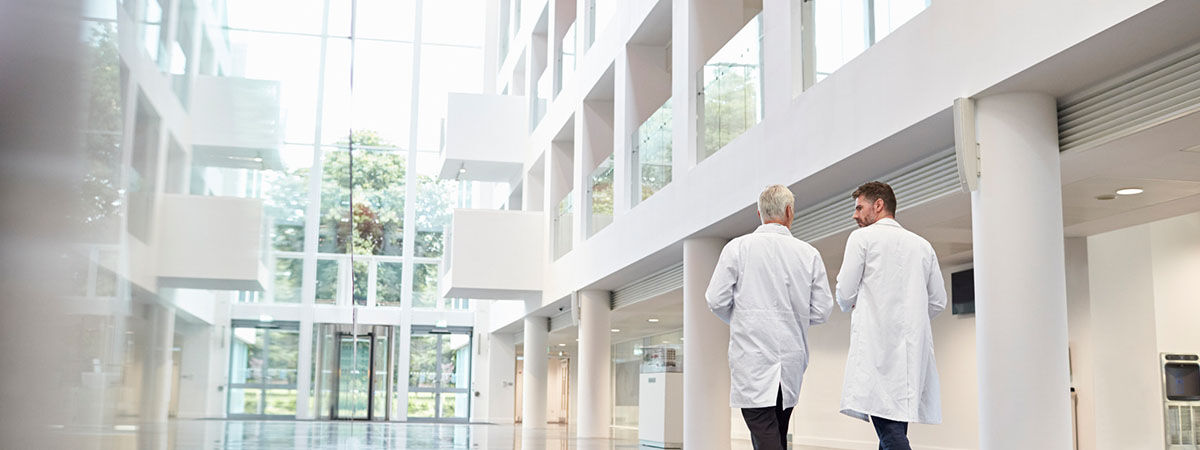The way healthcare institutions are constructed and designed can sometimes have a negative effect on staff – from poor lighting causing fatigue to high levels of CO2 concentration causing drowsiness, nausea and increased heart rate. In order to improve and fully utilise staff performance – and, conversely, reduce the number of medical negligence claims levied against the National Health Service (NHS) – leading academics at Birmingham City University are using their knowledge to design better ways in which these buildings are designed, from better circulation to more natural light.

The opportunity
Recently, the NHS has faced a £4.4 billion bill to meet the cost of medical negligence claims. With this in mind, Ghasson Shabha has investigated the way healthcare buildings are constructed and designed – if they are designed in a way that significantly improves staff morale and performance, in turn it will make a positive difference in delivering care to patients, accelerating healing, patients’ safety, recovery time and overall wellbeing.
There is also a risk of widespread airborne infection, as well as thermal discomfort. There is a link between cleanliness of the air, its level of ionisation and the performance of people working in air-conditioned space. As healthcare facilities become more airtight and warmer to comply with building regulations, indoor air quality has been considerably compromised and affected due to a higher exposure to CO2.
The delivery
There are a number of simple steps than be carried out in order to make vast improvements. These include:
- Improving air quality
- Increasing natural light and colour interplay
- Reducing and cushioning echoing noise and sound transmitted from adjacent rooms
- Introducing greenery
All of these factors can have a dramatic impact on the bottom line by boosting healthcare staff morale. They will also improve efficiency and effectiveness of the delivery of care which becomes increasingly patient-focused.
Success to date
The research team within the University’s Faculty of Computing, Engineering and the Built Environment (CEBE) is currently setting up a research project with one of our key industrial partners to develop a wireless monitoring system to detect and measure ionisation level, CO2, indoor temperature and humidity levels based on two NHS hospitals in the Midlands region.
Looking to the future
Better hospital design and construction can cut infection rate and reduce fatalities, as well as reduce errors by clinicians and healthcare professionals. This will also reduce the likelihood of medical negligence claims. Creating a better healthcare environment can have further impact on the operational cost of running and maintaining the facilities, leading to a positive effect on productivity and create a long-term resilience.
A greater resilience on natural daylight can be empowering – research shows that staff that work in naturally lit rooms will enjoy approximately 45 minutes more sleep a night than staff who work in rooms that artificially lit. Such fine margins are essential in ensuring healthcare professionals perform to the required standards.
